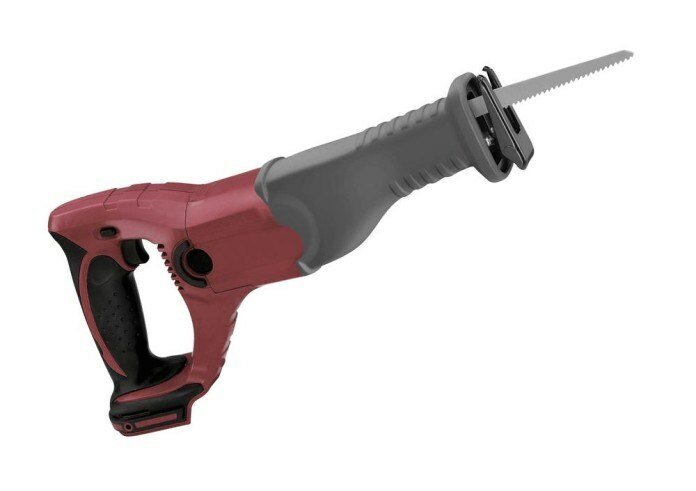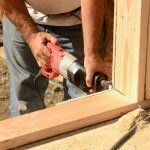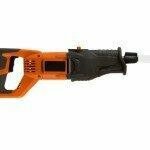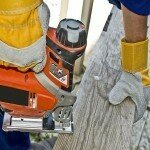Trimming a plaster wall with a reciprocating saw is challenging within several ways: The vibration of the best reciprocating saw can easily crack the plaster upon other areas from the walls you do not plan to disturb, and you also risk nicking pipes plus wires behind the walls. Home improvement enthusiasts may use a method which has proved safe when trimming lath and plaster.
Required Tools:
- Reciprocating saw
- 6-inch metal-cutting blade
- Hammer
- Screwdriver
- Pencil
How to Cut:
Step 01: Switch off the actual breaker in the electric panel that acts the area where the starting will be cut. Switch off the water source to the building or even house at the primary valve. Spread a drop fabric on to the floor at the region of the brand new opening.
Step 02: Mark the certain area with a Pencil. Outline through a pencil the region you’d prefer to eliminate. You might want to re-locate a little bit from the specific area to make sure that the particular hole will be big enough.
Step 03: Follow the Pen Range with the saw. Begin at the hole you punched and slice from the guts out to the pencil collection. Set the particular blade in the opening and draw the particular trigger. Allow weight of the device do the ongoing work for you. Maintain a steady hands plus follow the collection a person outlined as greatest it is possible to.
The saw will cut via both lathe as well as the plaster. This can ensure you get all the real way in to the wall. When working with a best reciprocating saw, go slow and steady to create a clean reduce of a jagged edge instead. This can make the hole better to repair once the time comes.
Step 04: Measure from the ground or even ceiling and tag the location for top level plus bottom part of the starting on the plaster along with a new pencil. Determine from the corner, a doorway or window and tag the sides of the starting. Work with a framing square and a pencil to create straight lines between your marks defines the particular opening.
Step 05: Setup the reciprocating found along with a new 3-inch-long plaster trimming blade. Put on safety eyeglasses and a dirt mask. Hole the plaster plus lath at each part of the outline having a hammer to generate beginner recesses for the end of the blade.
Step 06: Place a 6- inch metal-cutting blade right into a reciprocating found to slice a new plaster walls. The tiny teeth produce much less vibration than patients of a wood-cutting knife, and they’ll cut through any cable mesh substrate you may encounter.
Step 07: Create the cut from the plaster part of the walls, not from the relative back. Draw the particular collection or form you are going to reduce around the plaster with a pencil.
Step 08: Contain the saw at a superficial angle with regard to the walls and align the particular blade with the collection you drew. Begin the saw simply by depressing the result in and lower the end of the blade on to the walls. Contain the saw constant as you drive the blade through the plaster and the components underneath, gradually straightening the found until it really is perpendicular to the walls.
Step 09: Contain the saw far plenty of from the walls to permit the blade in order to penetrate the lath by about 1/2 inch but no further. If pipes or cables are behind the walls, they should be missed by the blade, offered they aren’t set up incorrectly right contrary to the lath.
Step 10: Move the saw across the line in a moderate speed to the end, keeping it right and steady mainly because you go. Once the cut is completed, release the particular trigger, await the particular saw to avoid, and pull it from the wall.
Step 11: Hold the base of the saw nearer to the particular walls when trimming horizontal ranges via walls studs. This can make the knife lengthy enough in order to slice through the studs.
Step 12: Cut the remaining actual lines of the outline in the similar way. Take away the cutout part of plaster and lath with a hammer. Eliminate any lath fingernails in the framing having a nail bar. Collect the corners of the drop cloth to get rid of the plaster and lath residue together.
That’s all. Along with several tools plus a small amount of patience, your plaster wall can easily be opened.











